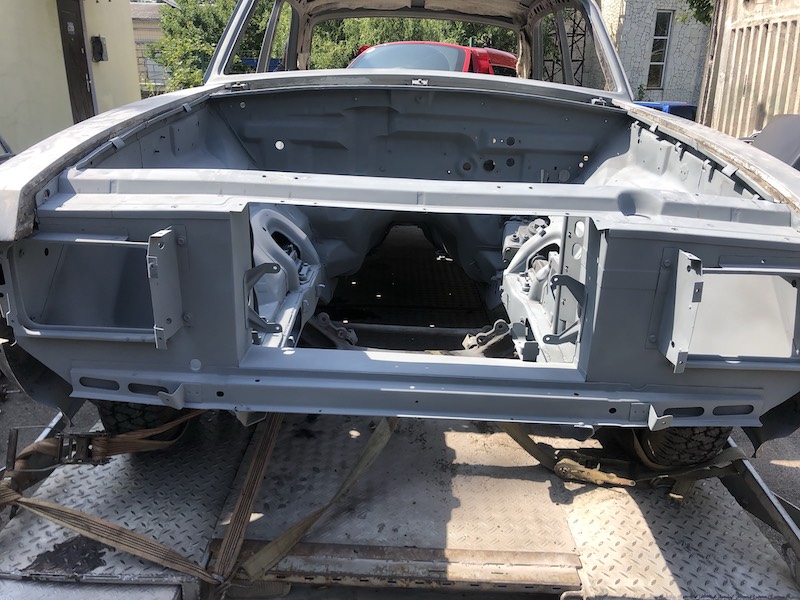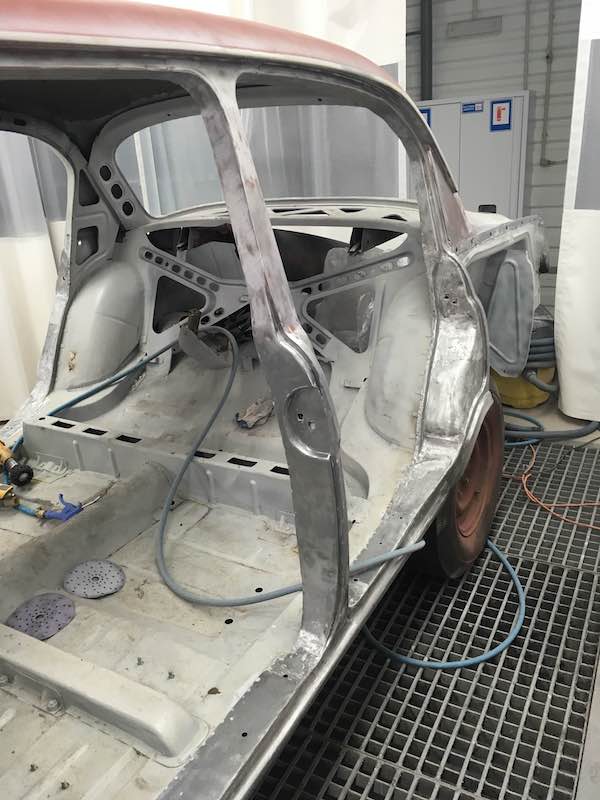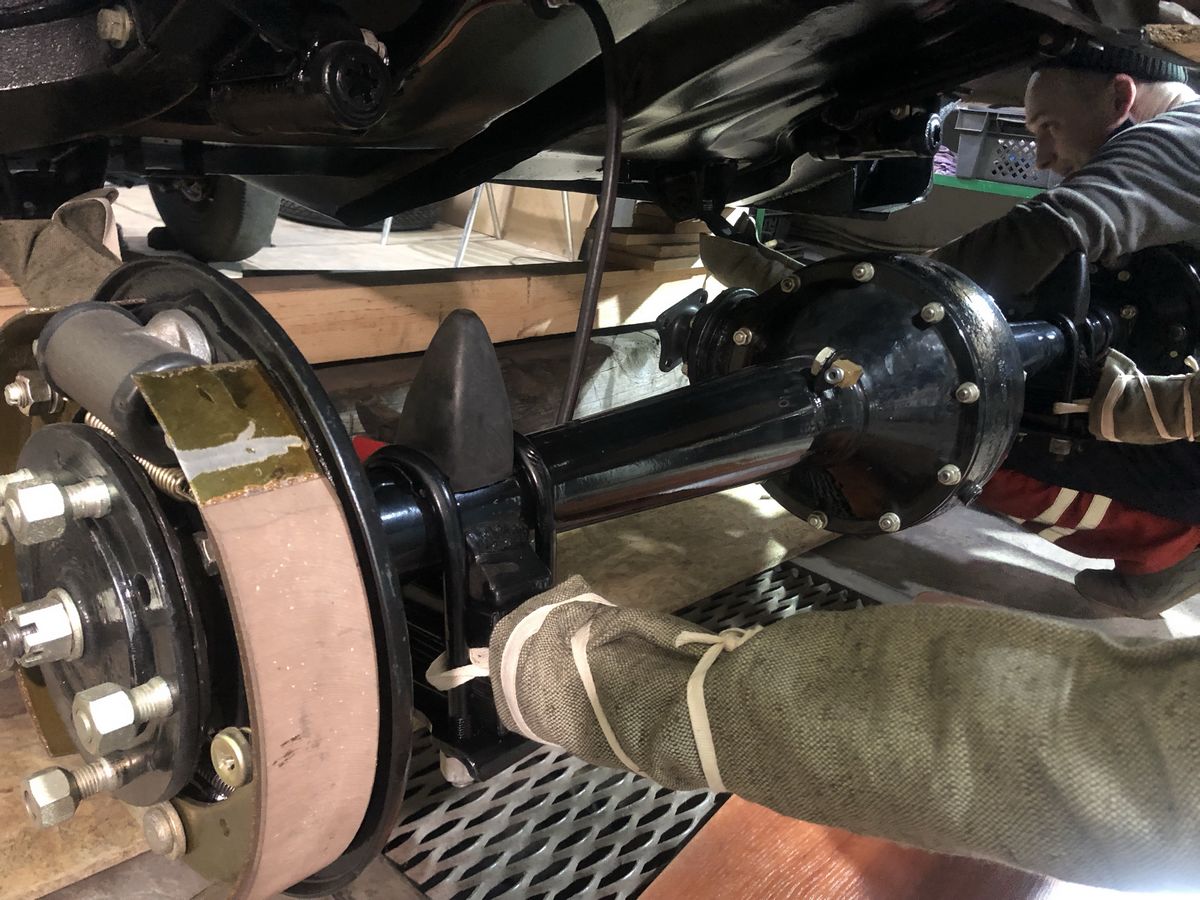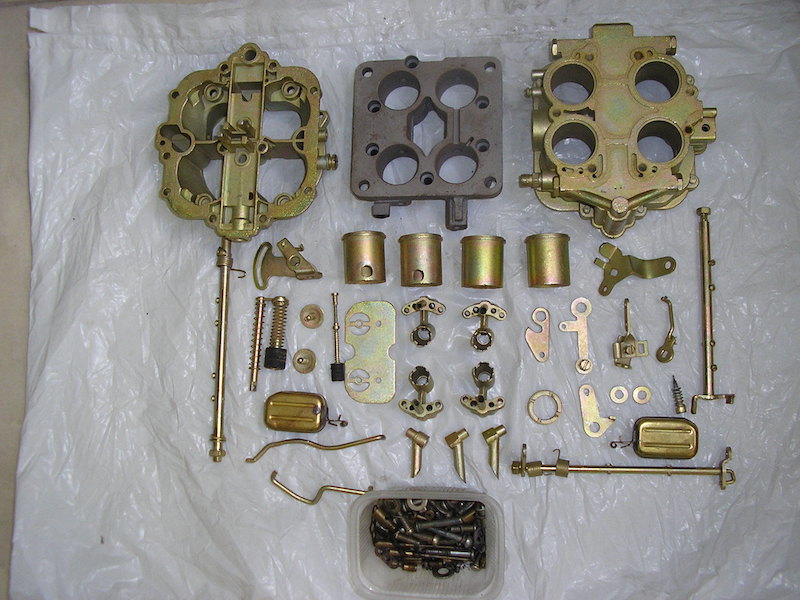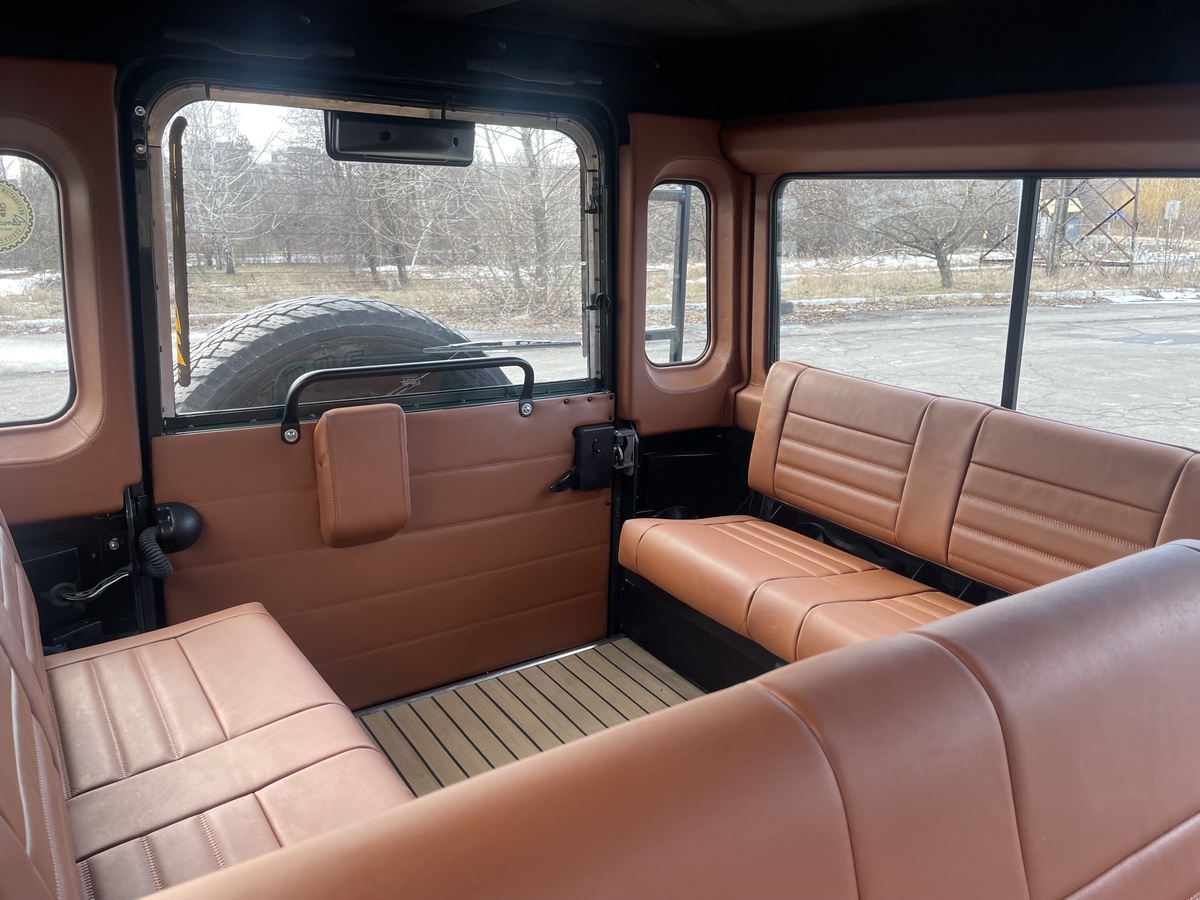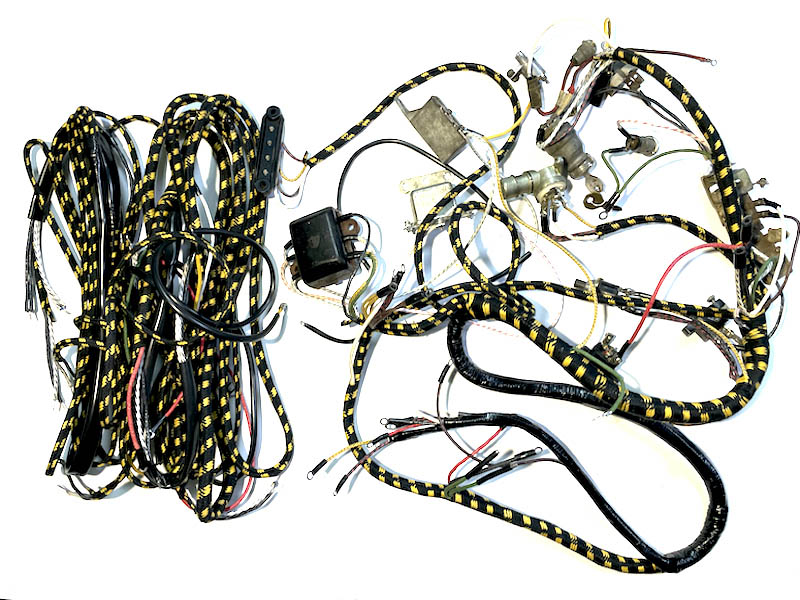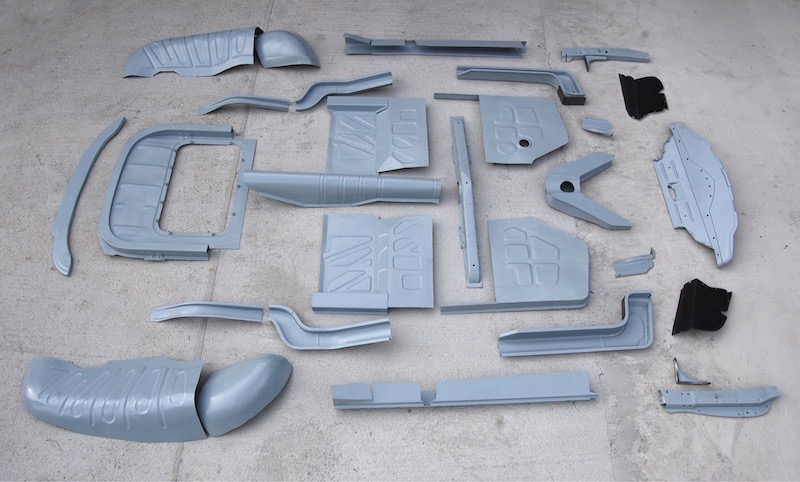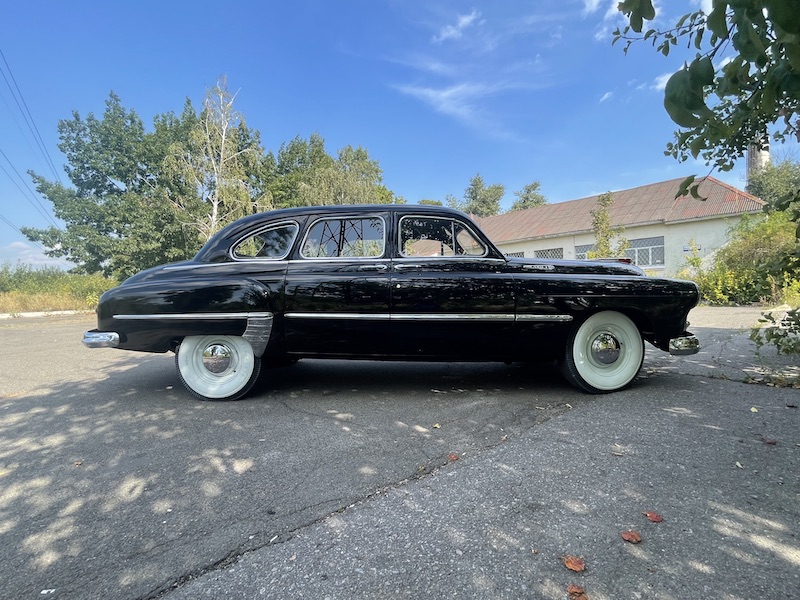e
Car restoration
Classic Car Restoration at the Autoclassika Workshop
The Autoclassika restoration workshop specializes in high-quality classic car restoration (promo) using a full industrial restoration cycle based on original factory technologies. Our work is focused on professional Soviet car restoration of iconic brands like GAZ, Moskvich, VAZ, ZAZ, as well as the restoration of Western classic oldtimers.
In the process of classic car restoration (look here), we aim to use only original parts or modern materials manufactured according to factory drawings to ensure the highest possible restoration quality.
Our experts have extensive experience and qualifications in the field of authentic vintage car restoration. (look here) They regularly attend exhibitions, museums, and training trips, and provide restoration services to international collectors and classic car enthusiasts.
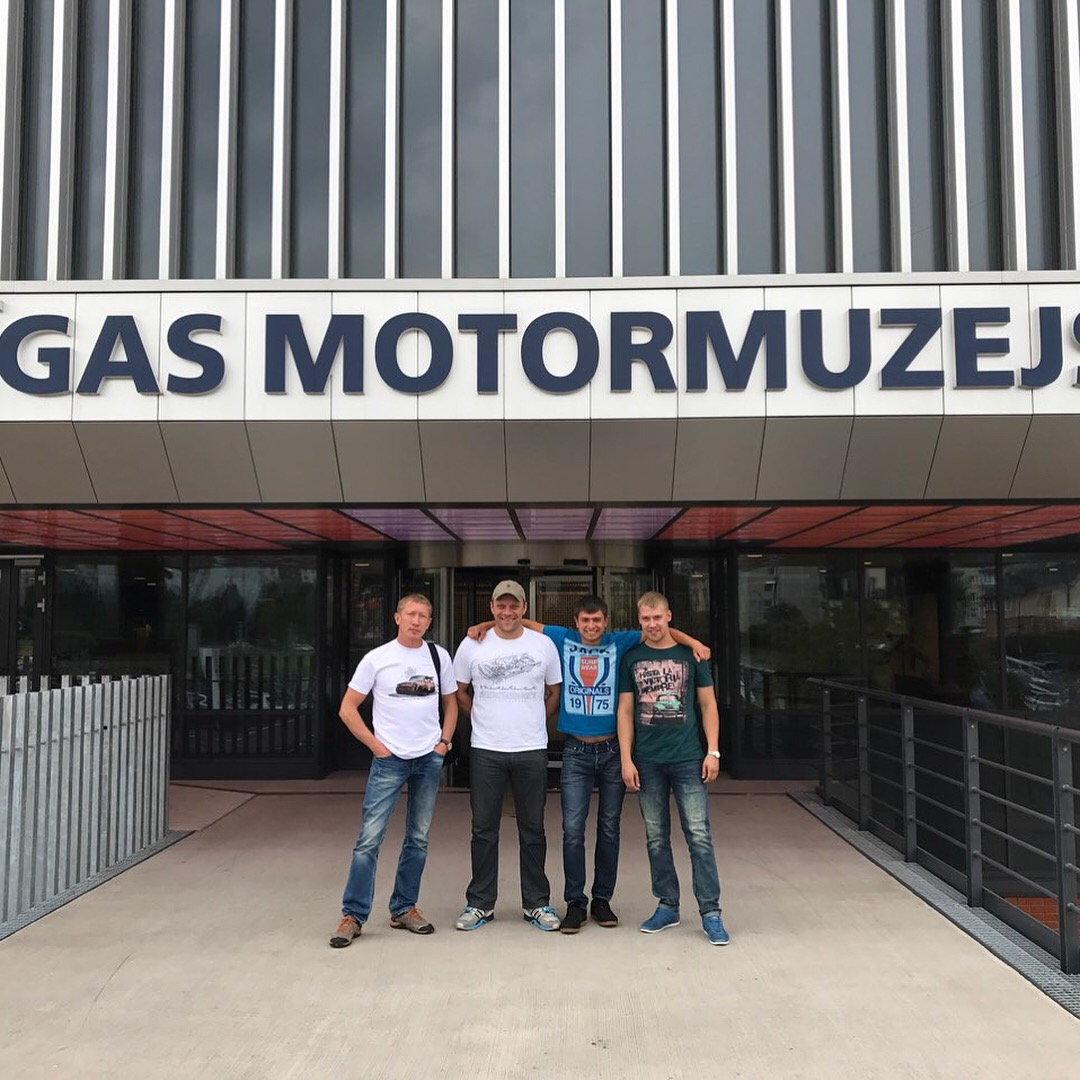
Our Approach to Classic Vehicle Restoration
The scope of work depends on the condition of the vehicle. Well-preserved cars may only require cosmetic restoration such as replacing rubber components, partial interior refurbishment, and mechanical diagnostics and repairs.
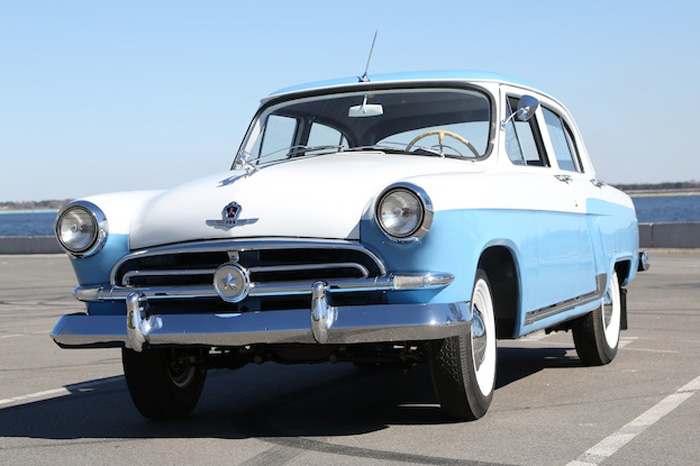
Levels of Classic Car Restoration
- Economy — suitable for everyday use. Allows the use of non-original parts and budget materials.
- Exhibition Level — high-quality restoration balanced with time and budget. Chrome restoration, engine rebuild, and use of authentic materials.
- Museum Level — full classic car restoration using only original parts and materials. Triple-layer chrome plating is applied.
Restoration Stages
1. Inspection and Agreement
The process begins with a detailed inspection and a report confirming vehicle authenticity and suggesting a restoration level. Then a contract and work protocol are signed, detailing stages and timelines.
2. Disassembly and Evaluation
- Complete disassembly is always required. In some cases, the body is removed from the frame. All original parts are cataloged; old paint and bitumen are stripped.
- Vehicle configuration is checked against manuals and factory documentation (drawings, catalogs, instructions).
- A list of missing or damaged parts is compiled.
- Body and components are cleaned using mechanical, chemical, or manual methods
3. Bodywork
- Localized welding is done considering metal fatigue.
- When restoration is not feasible, new parts are fabricated using original factory drawings.
- All safety standards and structural integrity are respected.
4. Chassis Restoration
Alongside bodywork, classic car restoration includes the chassis:
- suspension, drivetrain, axles, steering, and engine;
- cleaning, painting, galvanizing fasteners;
- assembly according to factory specs;
- installation of authentic or modern tires with classic tread patterns.
5. Engine and Gearbox Overhaul
One of the most technically demanding stages. Performed in-house or by trusted subcontractors per specification.
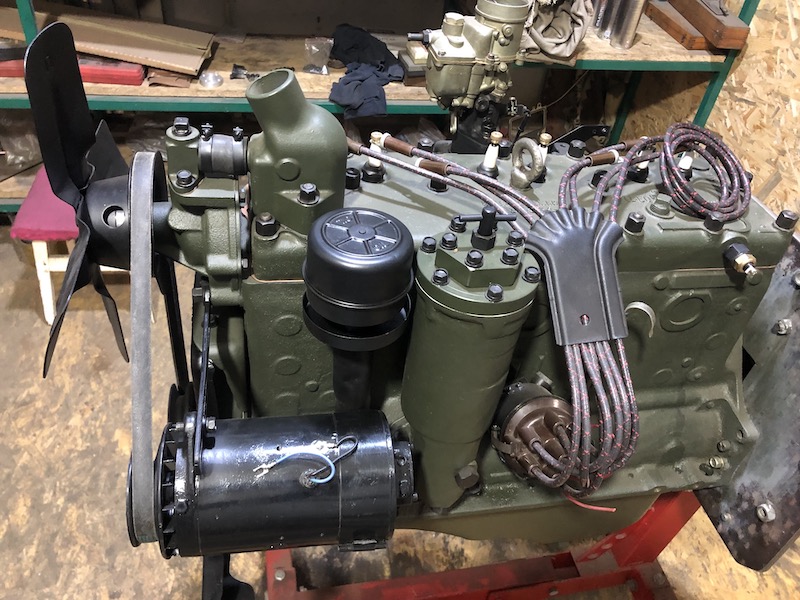
Special attention is paid to carburetor restoration and tuning:
- diagnostics of all defects;
- full disassembly;
- replacement of gaskets, jets, fasteners;
- surface grinding and matching;
- carbon removal and thermal treatment (120–140 °C);
- channel purging, soda blasting, acid cleaning;
- galvanizing with zinc (3–5 μm);
- reassembly and adjustment of all linkages.
6. Galvanic Work
- Surface prep and stripping of old coatings;
- Chip and crack repair, hand polishing;
- Triple-layer chrome plating (copper, nickel, chrome) with Swiss gloss additives.
7. Painting
- Modern paint technology combined with 1950s–60s documentation;
- Surface leveling with tin;
- Color matched to original factory specs.
A well-painted oldtimer is a true collector’s pride. We use certified subcontractors for this stage.
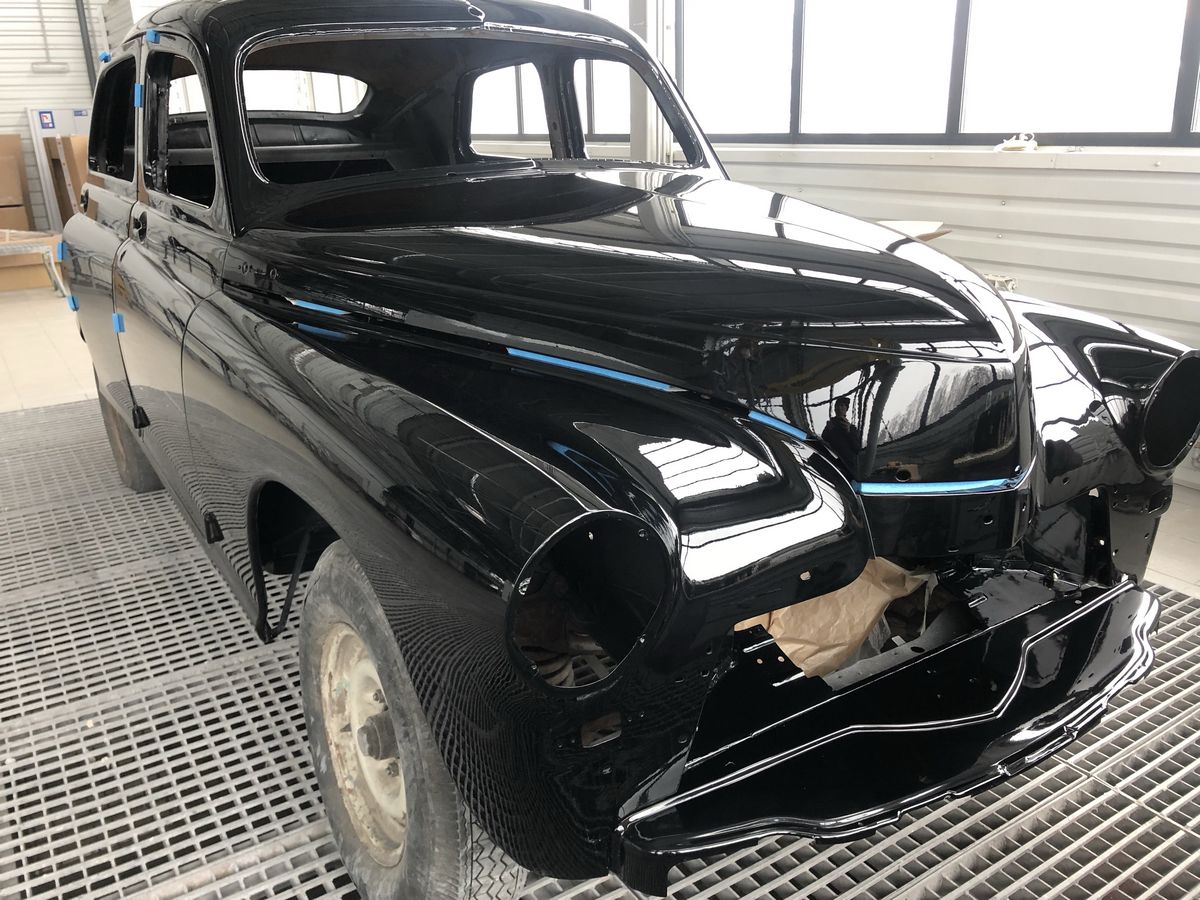
8. Interior Restoration
- Seats, door panels, roof, floor, and side panels;
- Materials are modern but replicate the original in design and structure.
9. Electrical Wiring
- Cloth-braided wiring to match original color and pattern;
- Built with modern materials using 1960s technology.
10. Parts Sourcing
- Extensive parts sourcing network and reserve stock for Soviet vintage vehicles;
- Cooperation with clubs, museums, and dealers;
- Custom manufacturing in Ukraine and Europe when needed.
11. Assembly and Testing
The final stage of classic car restoration. Every detail matters to ensure the car passes the strictest expert evaluations and achieves top collectible value.
Post-assembly includes road testing, correction of all issues, washing, polishing, and client delivery.
When Is It Worth Restoring a Soviet Classic Car?
Volga restoration or other Soviet models makes sense if:
- It’s your dream car;
- It’s a family heirloom;
- It’s a rare or limited-edition model.
In other cases, the Ukrainian classic car market allows you to buy a post-restoration car at a lower cost than starting from scratch.
Autoclassika also offers sourcing services for restored vintage cars at various restoration levels. Look here.
Restoration as an Investment
Oldtimer restoration is a lasting investment. In 5–10 years, the value of a properly restored classic can multiply. It’s a rewarding passion that only grows with time.

